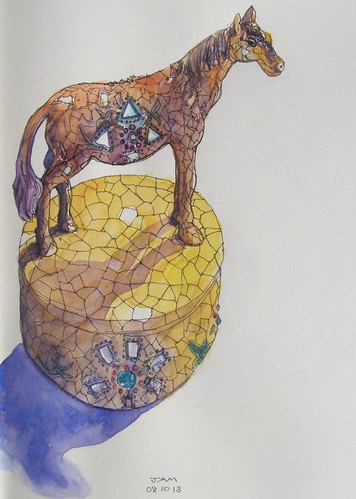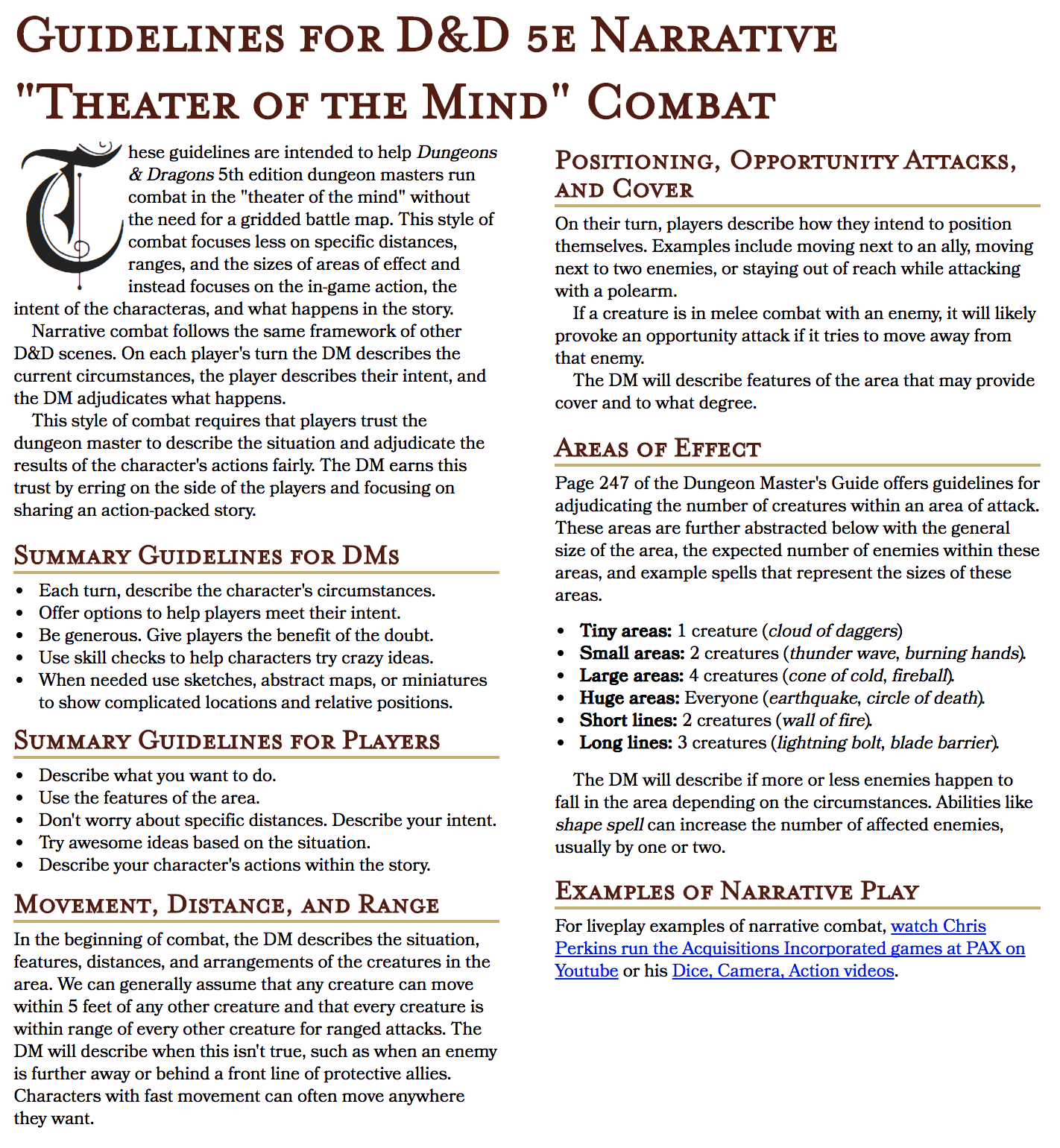

So a d6 showing 4 orcs meeting ad6 showing 1 orc, I’ll have the 1 orc join the 4 leaving only one die with 5 pips. I might retain a sense that this unit is “fresh” meaning it has no injured guys, or that unit is “bloody” because it took a little extra damage last round but not enough to lose a man.)Īllied units tend to even out when they meet up. That way I don’t keep track of individual HP. (I tend to ignore excess damage unless it’s close to taking out another fighter by the end of the round. The unit is a d6 on the table each pip is a creature. The whole unit, no matter how many there are, fits in a 10′ square (assume they work together really well, or just assume 3 across and 2 ranks like certain editions of D&D). The unit of farmers absorbs damage until a farmer hits 0, which becomes a casualty, and we have 1 fewer farmer in the unit. Say you have a unit of 5 orcs hitting a unit of 6 farmers: roll d6 orc damage, x5 for 5 attackers. A unit rolls to hit against another unit: it hits or misses as a whole. I just use the normal combat rules but group monsters into units of 6. If we do any bigger-scale battles, I might find other rules that I need (after all, the Chain Mail rules are much longer than this blog post) but right now, this is looking pretty good for running big D&D skirmishes. I’d say that 25 troops are Huge and 50 are Gargantuan. I assumed that a close-packed formation of 10 Medium troops took up the size of one Large creature. You might also care about the base size of big units. (For ease of bookkeeping, assume that melee attacks always target the most-damaged creature.) The amount of HP tracking is not excessive: for instance, in this unit of 50 ogres, 24 have 15 damage and the other 25 have 30 damage.

To me, it seems this is all you need to run fairly simple battles with dozens or hundreds of creatures per side. In fact, this same chart can be used for ability/skill checks (how many orcs managed to climb the wall? DC minus skill bonus) or any other d20 roll.

For instance, a fireball save DC of 15, minus the drow dex save (+2) is 13, which, according to the chart, means that 1/3 of the drow succeed on their saving throw (and probably survive with 1 or 2 HP left). Instead of subtracting attack bonus from AC, subtract saving throw bonus from DC, and use the chart as normal. If I’d thought about it, I’d have realized that the same chart can be used for saving throws. With all those fireballs, what I COULD have used was rules for mob saving throws.
5e page 6 dmg Pc#
With a wizard and a sorcerer PC and two drow wizards, all slinging fireballs, the mob attacks weren’t much of a factor. I ran a big set-piece battle yesterday: 8 mid-level PCs and 10 gnomes against 20+ drow and other assorted creatures, including a drow spider chariot and a sinister angel. If the number is 1-5, all the attackers hit if it’s 6-12, 1/2 of them hit etc., up to 1 in 20 of the attackers hitting on a 20. It’s pretty simple: subtract attacker’s hit bonus from the target’s AC. The 5e DMG has a short section on “handling mobs:” it has a chart for approximating, out of a group of attacking monsters, how many monsters hit.


 0 kommentar(er)
0 kommentar(er)
